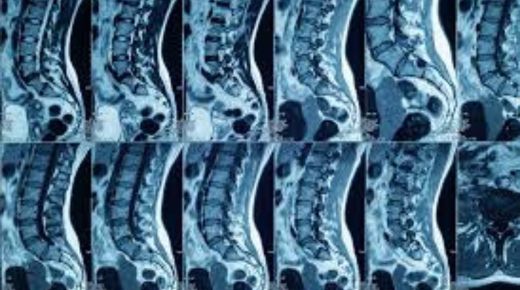
Diagnostic imaging plays a crucial role in physical therapy. It helps pinpoint issues and guides treatment. From X-rays to MRIs, these tools have advanced over time. For example, pediatric imaging colorado shows how focused imaging can improve care. As technology evolves, so does our ability to diagnose and treat physical conditions.
Advancements in Imaging Techniques
In the early days, X-rays were the primary tool. They provided basic images of bones and joints. Today, we have more advanced options. MRIs, CT scans, and ultrasounds offer detailed views of muscles, tissues, and organs. These advancements allow for better diagnosis and treatment planning.
Imaging Tools Comparison
| Technique | Uses | Advantages |
| X-rays | Bone fractures, joint dislocations | Quick, non-invasive |
| MRIs | Soft tissue, brain injuries | Detailed images, no radiation |
| CT Scans | Complex bone fractures, tumors | Comprehensive images, fast |
| Ultrasounds | Pregnancy, soft tissue injuries | Safe, real-time imaging |
The Role of Imaging in Treatment
Once a condition is diagnosed, imaging helps guide the therapy process. It allows therapists to tailor the treatment plan to the patient’s needs. For example, with a torn ligament, an MRI can show the extent of the damage. This information helps in deciding whether surgery or physical therapy is the best approach.
Technological Innovations
Technology is always improving. New imaging methods continue to emerge. 3D imaging and digital tools now enhance traditional methods. These innovations provide clearer pictures and more accurate diagnoses. According to the National Institute of Biomedical Imaging, these advancements help spot issues earlier, leading to faster recovery.
Benefits Beyond Diagnosis
Imaging does more than diagnose. It also helps monitor progress. During therapy, imaging can track changes. This ensures the treatment is working. Adjustments can be made if needed. This ongoing feedback loop is vital for effective therapy.
Challenges and Considerations
Despite the benefits, challenges exist. Access to these technologies can be limited. Not all facilities have the latest equipment. Costs can also be high. It’s important to balance the need for precise imaging with practical considerations. The U.S. Food and Drug Administration works to ensure imaging tools are safe and effective while being mindful of these challenges.
The Future of Imaging in Physical Therapy
The future looks promising. As technology continues to advance, we can expect even more improvements. AI and machine learning may soon play a role. They could help interpret images faster and more accurately. These technologies hold the potential to revolutionize how we approach physical therapy.
In summary, diagnostic imaging has come a long way. It is an essential part of physical therapy today. As tools and techniques continue to evolve, so too will our ability to diagnose and treat conditions effectively. The continued progress in this field promises better outcomes for patients. By harnessing these innovations, we can improve care and enhance recovery.
